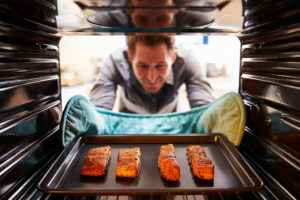
Special report: Retail demand reduces COVID-19 pain for seafood industry
A poll of retailers commissioned by the Global Aquaculture Alliance (GAA) finds a brighter future for the seafood industry in the wake of COVID-19.
It’s been a trying year for Ecuador’s shrimp industry, which is fighting low prices, supply issues to China – its top market – and the COVID-19 pandemic.

A poll of retailers commissioned by the Global Aquaculture Alliance (GAA) finds a brighter future for the seafood industry in the wake of COVID-19.
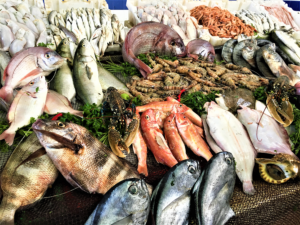
This study evaluates the new molecular tool animal tubulin-based polymorphism (aTBP) for the genetic characterization of different species of fish.
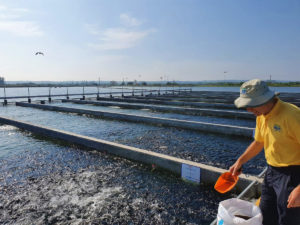
Study assesses in-pond raceway systems to produce Nile tilapia fed with a diet including U.S. soybean meal under intensive production conditions.
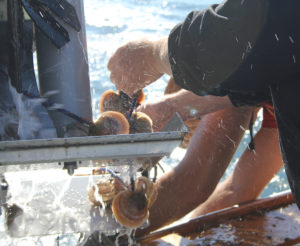
A sister state agreement with Aomori Prefecture in northern Japan helps growers in Maine establish semi-automated commercial operations.
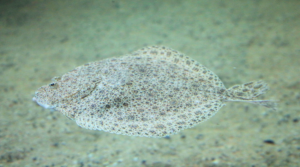
Function and regulation of the turbot's circadian timing system are assessed at the molecular and behavioral levels to optimize welfare and production.
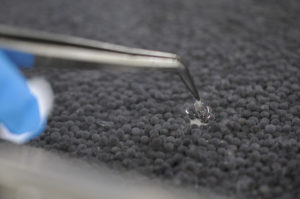
A new technique for sturgeon farming developed by Kindai University could greatly benefit Japan’s fledgling caviar industry.
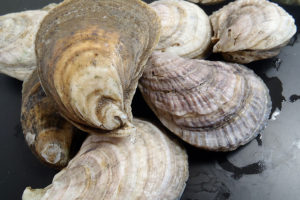
Authors explore bivalve domestication selection by comparing the starvation resistance of oyster larvae from wild and artificially selected broodstock.
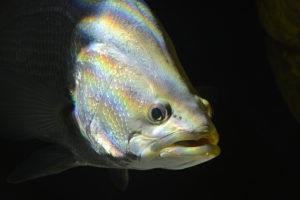
Researchers, feed manufacturers and recirculating aquaculture system producers are working tirelessly to ensure their fish tastes better than ever.
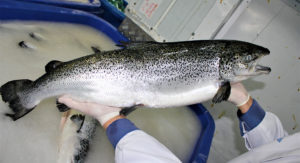
Study assesses water holding properties and other quality attributes achieved through superchilling Atlantic salmon through the value chain until smoking.
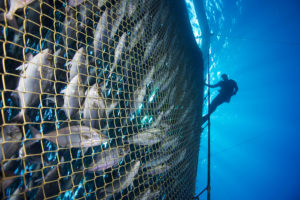
An executive order has prioritized marine aquaculture development in U.S. waters, leaving members of the seafood industry feeling hopeful for the future.
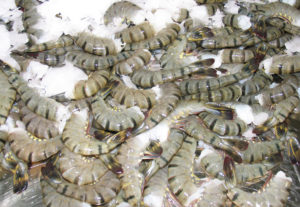
This study evaluated red seaweed extracts for antioxidant properties and ability to extend the shelf life of black tiger shrimp during storage for 14 days.
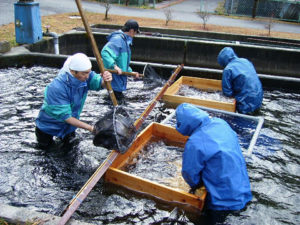
Shinshu salmon is promoted as a food typical of the mountainous prefecture of Nagano, which is aiming to capitalize on the popularity of salmon in Japan.
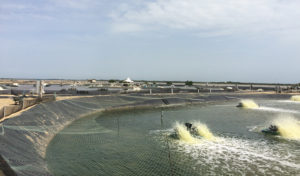
A look at trends in various segments of the shrimp production supply chain in India – hatcheries, farms, feeds and exports – amid COVID-19 restrictions.
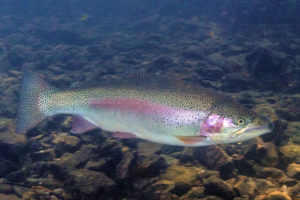
Study uses a simple multispectral imaging system to assess various spoilage and predict freshness in rainbow trout fillets during storage for 12 days.
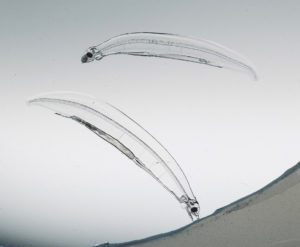
Japanese scientists have been trying to replicate spawning conditions for eels in captivity for decades. They’re getting closer, but major hurdles remain.